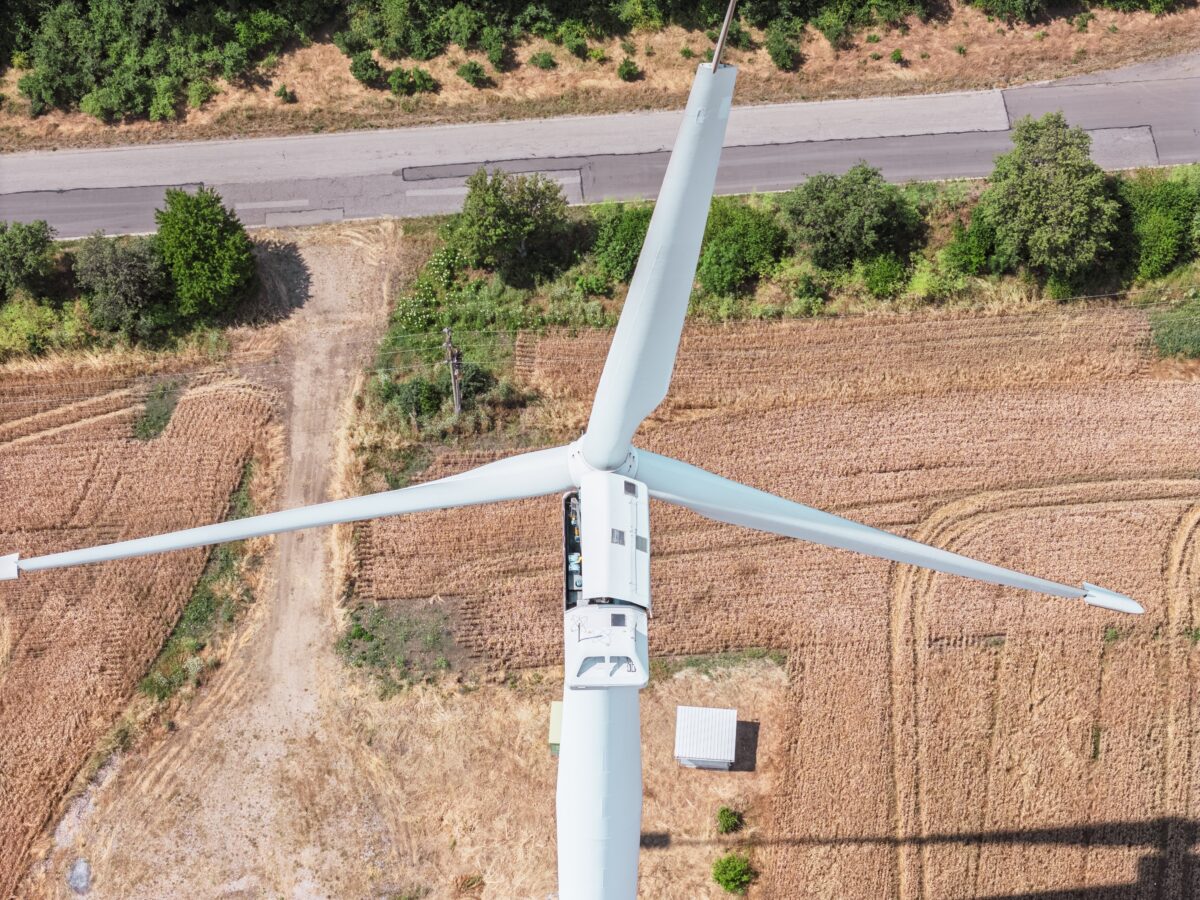
Understanding wind conditions in industrial and outdoor environments is essential for many sectors today. Wind anemometers play a crucial role in providing accurate and reliable wind data that support informed decision-making across various applications.
These instruments measure wind speed and, in some cases, wind direction, providing vital information for weather forecasting and prediction. This information helps enhance weather forecasting, safety assessments, and operational efficiency.
Why Wind Data Matters Across Industries
Wind patterns directly influence the safety and performance of a wide range of applications.
- Renewable energy projects rely on data from wind anemometers to optimize turbine placement and energy generation.
- Construction sites utilize wind monitoring to safeguard equipment, cranes, and personnel from hazardous conditions.
- Aviation and transportation depend on accurate wind speed and direction data for scheduling and operational safety.
- Agriculture uses wind data to manage crop spraying and soil erosion risks.
- Environmental research benefits from consistent data collection for climate studies and long-term monitoring.
Without precise measurements, organizations risk making decisions based on inaccurate or incomplete information.
What Is a Wind Anemometer?
A wind anemometer is an instrument that helps measure wind speed and direction. These devices have been around for centuries, evolving from simple cup-based designs to advanced digital and ultrasonic models.
Modern anemometers function reliably in outdoor environments. They provide continuous data streams to integrate with control systems, alarms, and monitoring dashboards. Their ability to deliver consistent, real-time measurements makes them indispensable in industrial and scientific applications.
Types of Wind Anemometers
Different applications demand different sensor designs. Several types of wind anemometers are available for industrial use:
- Cup Anemometers: Traditional three-cup or four-cup models that measure wind speed based on rotation speed.
- Vane Anemometers: Devices that measure both wind speed and direction using a propeller and vane system.
- Hot-Wire Anemometers: Precision instruments often used in laboratories, measuring changes in heat loss as air moves past a wire.
- Ultrasonic Anemometers: Advanced sensors with no moving parts that measure wind speed and direction using ultrasonic sound waves.
- Handheld Anemometers: Portable devices useful for quick measurements in the field.
Each wind speed sensor design has strengths that align with specific industrial or environmental requirements.
How Anemometers Gather Accurate Data
Anemometers convert physical movement or sound wave disturbances into measurable electrical signals. The anemometer then translates these signals into wind speed and direction data.
Key factors that influence accuracy include:
- Calibration: Regular calibration ensures the sensor maintains consistent precision.
- Mounting Height: Placement above obstructions reduces turbulence interference.
- Environmental Conditions: Materials and design must withstand harsh outdoor environments.
- Data Integration: Connection to automated systems allows for continuous monitoring and recording.
Accurate wind data depends not just on the instrument itself but also on its installation and maintenance.
Industrial Use Cases for Wind Speed and Direction Measurement
Wind anemometers are integral to industries where operational safety and efficiency depend on real-time data
Energy sector
- Wind farms require reliable data on wind speed and direction for optimal turbine operation.
- Solar facilities track weather conditions to maintain efficiency.
Construction and heavy equipment
- Cranes, scaffolding, and high-rise projects are sensitive to sudden gusts.
- Real-time data helps determine safe working conditions.
Environmental monitoring
- Research stations depend on accurate data for climate modelling.
- Pollution and dispersion studies require wind direction measurement.
Agriculture
- Wind information guides pesticide application and irrigation planning.
- Farmers use long-term data to reduce soil erosion risks.
Data centers and sensitive facilities
- Environmental monitoring systems integrate anemometers to protect infrastructure from weather-related risks.
Advantages of Modern Anemometers
Technological advancements have made today’s wind anemometers highly reliable:
- High precision in variable wind conditions.
- Durability to withstand extreme weather.
- Low maintenance designs, particularly in ultrasonic models without moving parts.
- Seamless integration with control and automation systems.
- Long-term stability for continuous monitoring in remote locations.
These advantages make anemometers an essential investment for industries where accuracy is non-negotiable.
The Connection Between Anemometers and Safety
One of the most important roles of wind anemometers is ensuring safety. By providing real-time warnings of changing conditions, they prevent accidents, protect equipment, and safeguard human lives. For example:
- Wind speed alarms can automatically stop crane operations during unsafe gusts.
- Renewable energy operators can shut down turbines when they exceed thresholds.
- Aviation facilities can adjust flight schedules or routes based on live wind data.
- Safety applications highlight why reliable measurement is not optional but essential.
How to Choose the Right Wind Anemometer for Industrial Environments
Choosing the right wind anemometer depends on several factors:
- Application Environment: Industrial sites, research stations, or agricultural fields each have unique requirements.
- Measurement Range: Devices should accurately cover the expected wind speeds.
- Durability: Materials must withstand outdoor exposure and temperature extremes.
- Maintenance Needs: Ultrasonic models reduce long-term maintenance.
- Integration Compatibility: Sensors should connect seamlessly with existing monitoring systems.
These considerations ensure that organizations select an instrument suited to their specific needs.
Common Challenges in Wind Measurement
While anemometers are highly effective, challenges can affect data accuracy:
- Turbulence from nearby buildings or obstacles.
- Sensor wear and tear in mechanical models.
- Calibration drift over time.
- Ice accumulation or debris interfering with moving parts.
Awareness of these challenges allows industries to implement solutions such as strategic placement, protective shields, or ultrasonic models.
Wind Anemometers as a Foundation for Accurate Environmental Data
Reliable wind speed and direction data form the foundation of environmental monitoring. Weather station anemometers provide the precision and consistency needed to support safety, efficiency, and research outcomes. Industries rely on these instruments to make informed, data-driven decisions in rapidly changing conditions.
For reliable wind speed and direction measurement solutions, designed to meet industrial needs, contact Comptus.